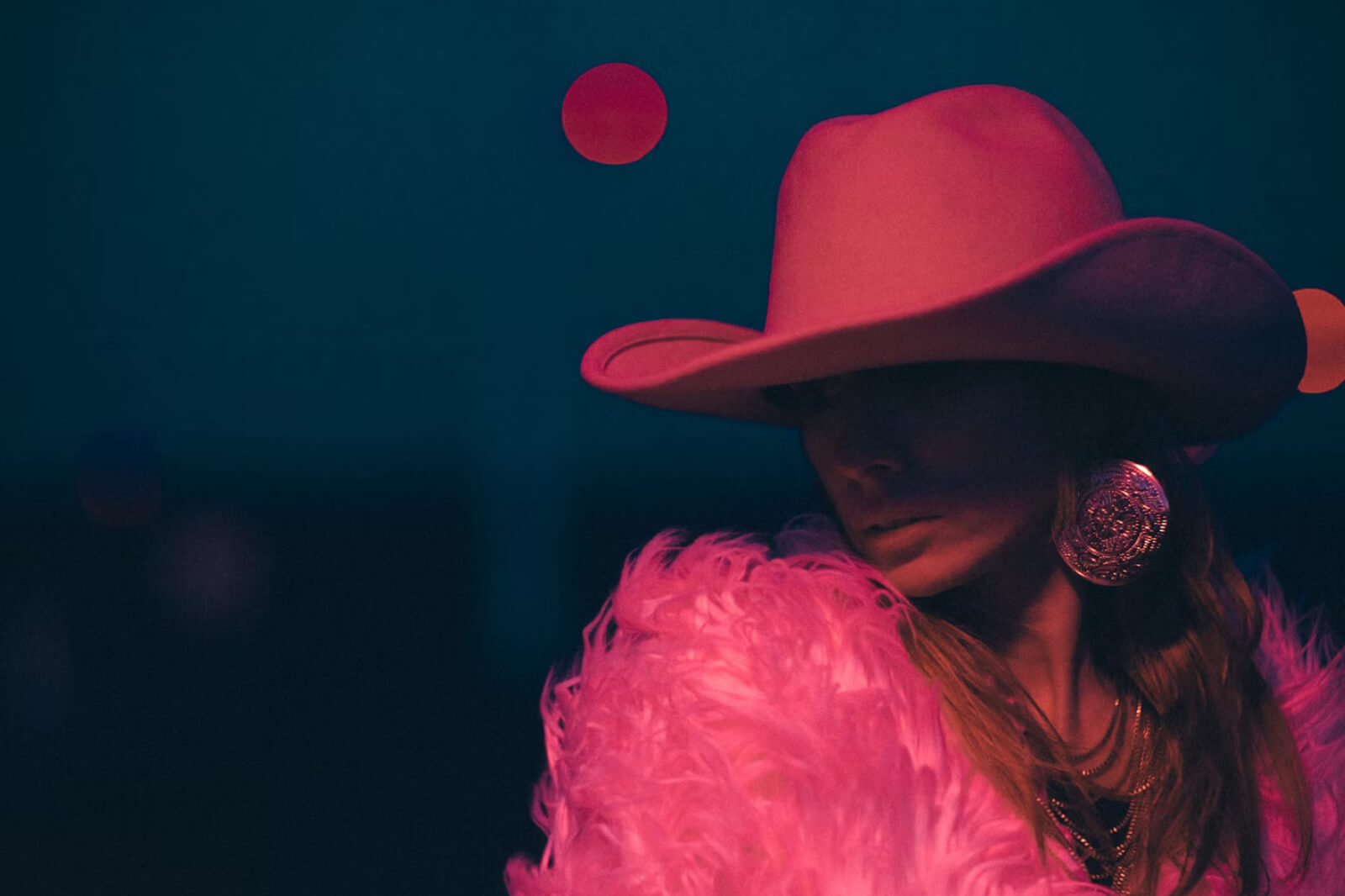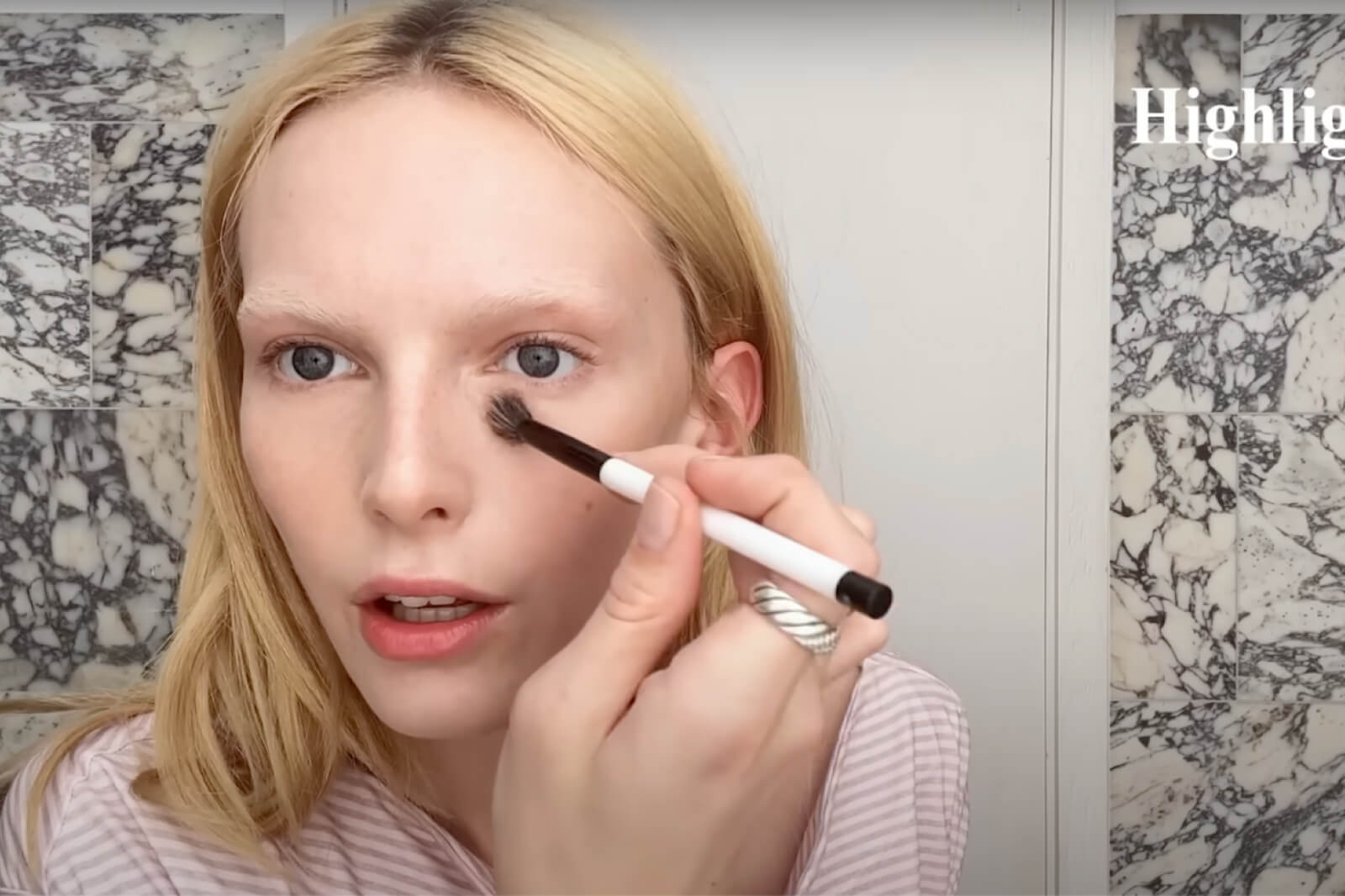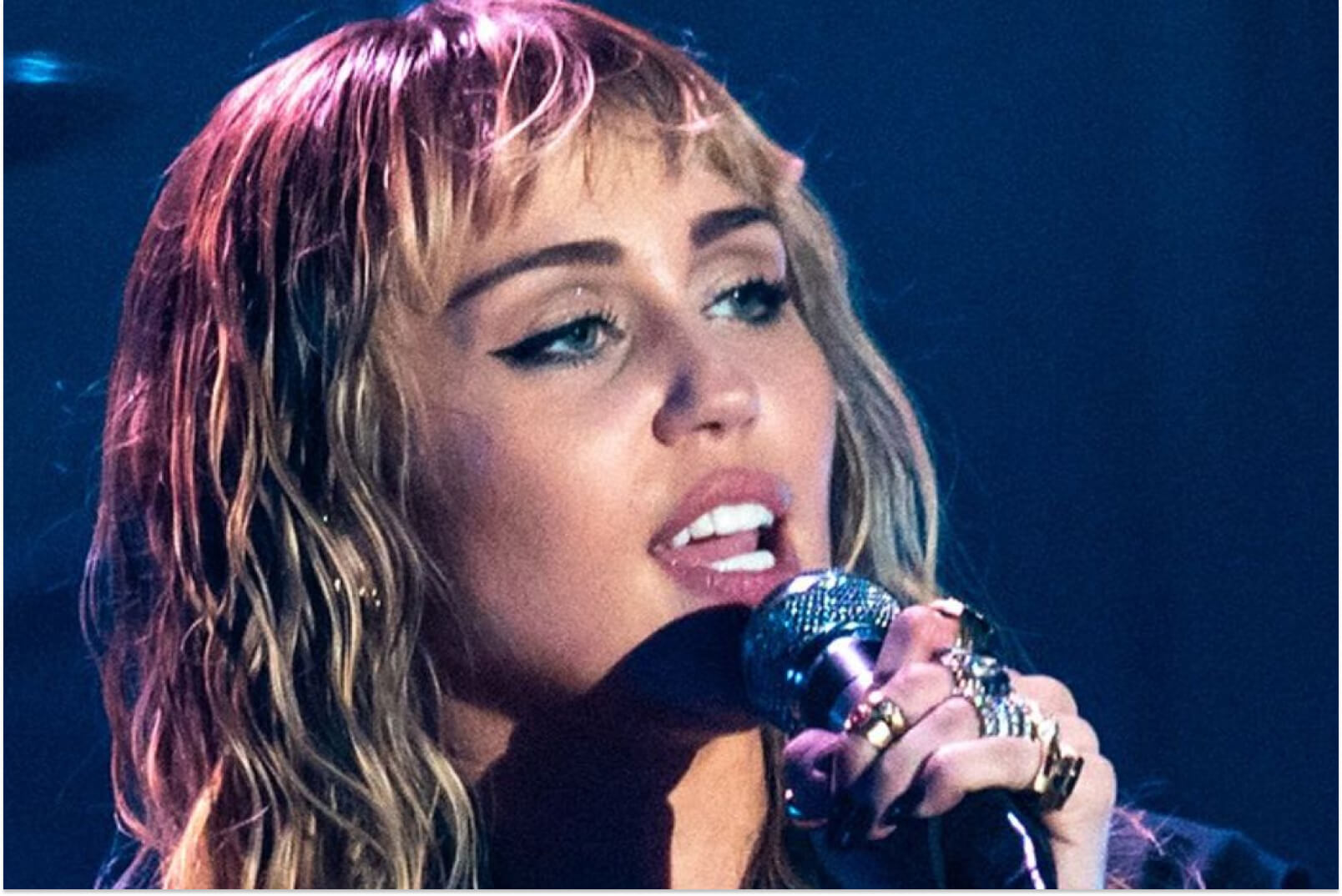
Mika
When the eclectic Beirut-born singer Michael Holbrook arrived on the music scene in 2007, he did so covered in glitter and with a youthful glow that directly clashed with the sound of the late aughts.
The singer known as Mika, with his “breathy baritone to swooping tenor to piercing falsetto,” quickly garnered comparisons to Queen’s Freddie Mercury, and his shows could make even the most pessimistic Eeyore smile. He’d pass out brightly colored balloons while his DJ would play gleeful radio hits to get the crowd pumped up. He would don slick tailored suits with a splash of color, strut down a rainbow-colored catwalk like a runway model on LSD while every color of the rainbow would flash behind him.
No theatrics were off the table. Mika had curated a specific form of glam-pop that had been absent from mainstream circles, and he did so entirely on his own terms.
While LCD Soundsystem and Post Grunge music flooded the airwaves, Mika’s effervescent pop was purposefully campy and purposefully devoid of any angst. “Grace Kelly,” a sprite-like and jubilant track about an identity crisis, quietly emerged on MySpace and slowly racked up plays until it suddenly became the number one song in the UK.
Prior to the song’s success, Mika had been panned by Simon Cowell and label execs for years. He was a classically trained opera singer, so his voice drew attention, but he was often told that his music was “too weird.” “After a certain while, the ‘no’s just provoke this kind of outburst,” he recently told Billboard. After one particular dreadful meeting, he went home and wrote “Grace Kelly.” “And this outburst manifested itself in this explosion of colors. So it became, ‘I’ll try to be like Grace Kelly. Oh, so sorry, is that too feminine for you?”
MIKA – Grace Kelly (Official Video)www.youtube.com
But Mika felt the industry try to pigeonhole his movement. The Mercury comparisons grew old, fast, and he became annoyed how often people tried to label his art based on his sexuality. In many interviews, he would be asked whether he was gay or straight, and Mika would often disregard the question, saying he didn’t want to be labeled. “It was a conscious decision, and it was a part of my process,” Mika told Billboard. “Real life and personal life and career all kind of evolve and develop along different timelines,” (he eventually came out as gay in 2012.)
His debut, Life in Cartoon Motion, was the ninth best selling album of 2007, but critics still remained closed-minded towards Mika’s work, despite the fame. “Nothing on this album is so much implied as flamboyantly howled,” wrote Pitchfork, who gave the album a searing 1.5 out of 10. “Mika wastes classical training to borrow respectful and cheap pop tricks that depreciate exponentially in his hands.” Regardless of his success, the looming prescience of the music industry remained unabated. Mika continued to marginalized for his “flamboyant” sound.
Eventually, the toxicity of the industry caused Mika to step away from it altogether. He finally returned in 2019 with a lively, trumpeted album called My Name Is Michael Holbrook, a collection of tracks that are more grounded and streamlined than those on Life in Cartoon Motion–with less glitter, so to speak.
In hindsight, It’s true that a zestful album like Life in Cartoon Motion shouldn’t have been one of 2007’s best-selling efforts. At the time, the UK sound was particularly focused on moody singer-songwriters like Amy Winehouse, Kate Nash, and Corinne Bailey-Rae, making the technicolor spectacle of Mika an almost assured commercial failure. But 2007’s anti-glam ethos is what made Mika’s victory so glorious.
MIKA – Dear Jealousywww.youtube.com
His career has been forever built off quelling naysayers and by being his spritely self, and he continued to do whatever the f*ck he wanted with marvelous results. The three albums prior to his hiatus are equally rambunctious and relentlessly optimistic, with Mika refusing to be or represent anything other than his art. “The one thing that breaks walls is the joy and the emotion that can be provoked by a piece of work that is excellent,” he told Billboard. “Because that lasts.”













